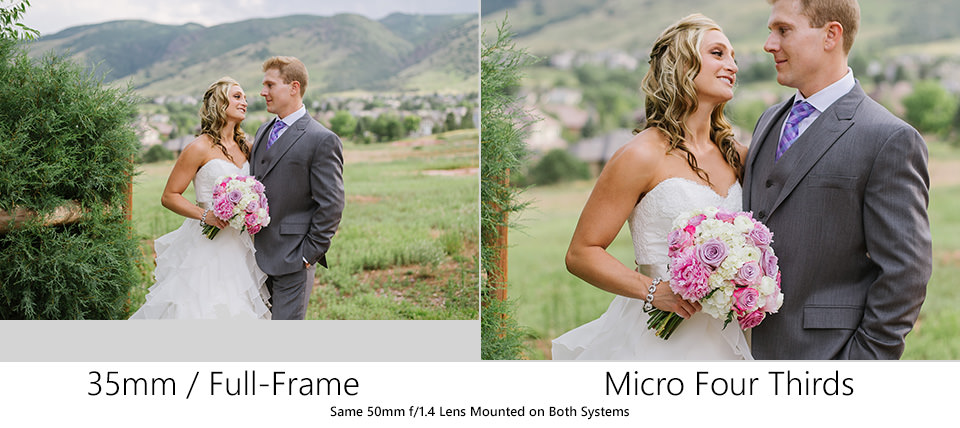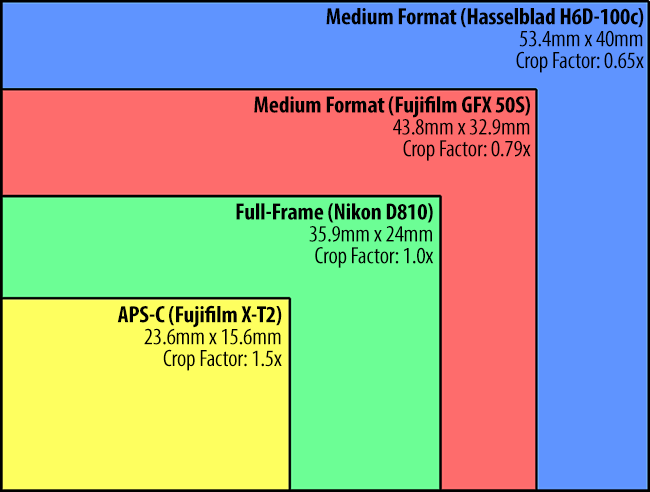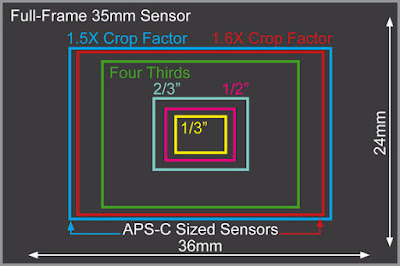

- Full frame sensor size versus four thirds full#
- Full frame sensor size versus four thirds professional#
Granted, some cameras may use different portions of the camera’s sensor based on the shooting resolution you choose, but for the sake of this article, I will focus on the overall sensor size. Depth of fieldįirst, as a bit of a follow-up to my article, “A Deeper Understanding of Depth of Field” ( ), sensor size is one variable in controlling depth of field that we can only really affect through our purchase decision. the answer is, “it depends.” To determine how much it matters in your use case, it is important to understand what impact sensor size has on the images your camera produces. So how much does sensor size matter? How much weight should it have in your decision-making process when purchasing a camera? How does it impact lens selection? As with all the variables-price, size, resolution, frame rate, etc. The most important thing to remember in the midst of the marketing hype: a larger pixel count (or more K’s) does not mean a larger sensor. Manufacturers are developing sensors of all sizes in between these today.

And these are just the sizes with standard names.
Full frame sensor size versus four thirds full#
Today, we swim in a sea of sensor sizes: Super 16mm (S16), Micro Four Thirds (MFT), Super 35mm (S35), and Full Frame (FF).
Full frame sensor size versus four thirds professional#
When I started in video production in the late 1990s, you were lucky to have a 1/3-inch sensor in your “prosumer” camera, and professional cameras were sporting 2/3-inch sensors.

Another factor, which has received more attention in the past 10 to 20 years, is sensor size. One may also consider the recording medium and lens mount, especially if they have already invested in a certain type of memory card or collection of lenses. At the top of most peoples’ lists are resolution, frame rate, and recording format. Find out why your smartphone does not need more megapixels.When choosing a camera, there are many factors to consider. Yet, despite increasing ever-increasing megapixel counts, the potential image quality of small sensors is fundamentally limited.

Small sensors are ideal for integration into small camera systems and smartphones.Īlthough smaller sensors produce relatively poor image quality, small sensors are optimal for those (most) who crave convenience and accessibility above all else.Īlternatively, small sensors can be exploited to create superzooms.įor example, the tiny 1/2.3″ sensor in Nikon’s P950 extracts an equivalent focal length of 2000mm out of a lens with a physical focal length of 357mm. Those with special needs, or deep pockets, may go larger still with Medium Format. Popular large sensor systems include Micro Four Thirds, APS-C, and Full Frame. Are full-frame cameras better? Medium Format Sensor Size Comparison Chart Therefore, superior image quality comes at the expense of cost and convenience. However, large sensors demand large, heavy lenses. Therefore, expect to find greater dynamic range within your raw files and cleaner image quality at high ISOs. Large sensors will always outperform smaller sensors since their increased surface area captures more light in the same way a large bucket captures more rainwater than a smaller bucket. Enthusiastic and professional photographers tend to prioritize image quality by buying cameras with larger sensors.


 0 kommentar(er)
0 kommentar(er)
